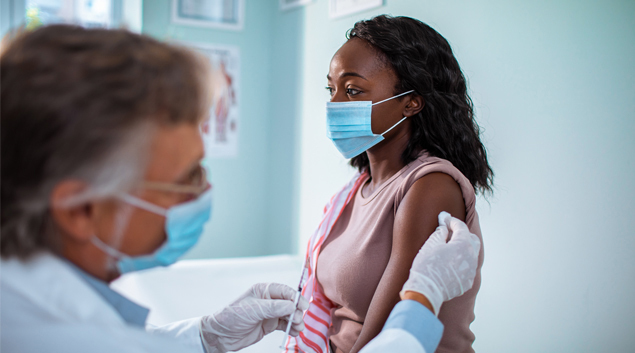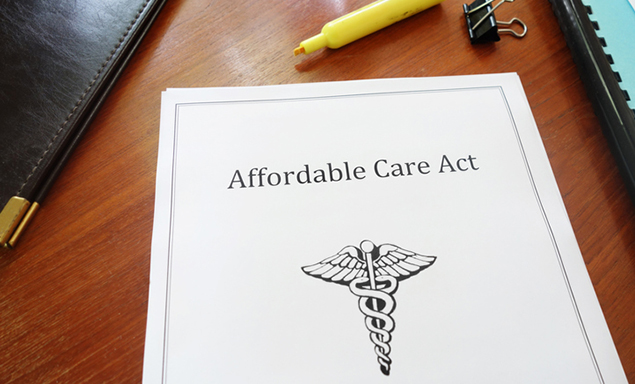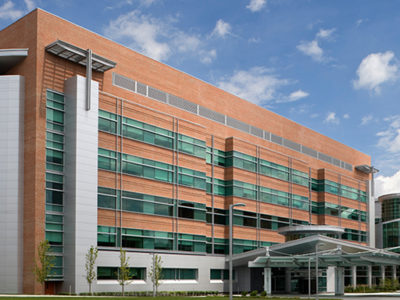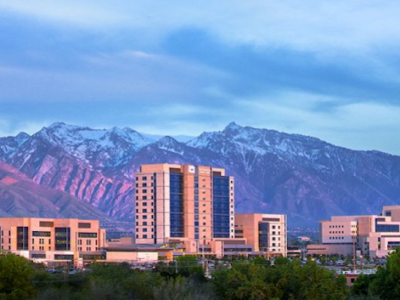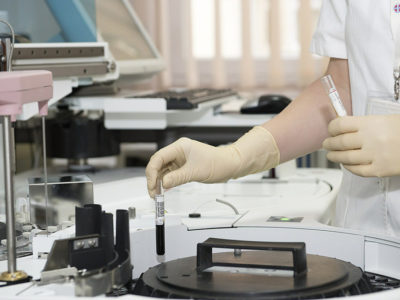
As experts predicted, the transition from summer to fall has seen COVID-19 rates spike in certain parts of the country, and one of the states most affected by the surge is Tennessee. In some areas of the state, people are not required to wear masks in public, and those areas are seeing sharper increases of hospitalized patients in recent weeks, according to a report from Vanderbilt University Medical Center and Vanderbilt University School of Medicine.
As per Republican Governor Bill Lee’s directive, the decision on whether to require masks is one that’s handled at the county level. Counties without mask requirements are seeing the biggest spikes.
As of this week, 54% of Tennesseans are subject to a mask requirement in their county, while the remaining 46% either never faced a masking requirement (31%) or were only subject to a requirement during the summer months. And as of September 30, all restrictions on group gatherings and on business capacity and operations were lifted in 89 counties where, collectively, 60% of the state population resides.
HIMSS20 Digital
Learn on-demand, earn credit, find products and solutions. Get Started >>
WHAT’S THE IMPACT?
Masks are known to reduce human transmission of the coronavirus. Because of this, areas with more widespread mask wearing are expected to have fewer transmission events – and thus a flatter hospitalization curve – than areas in which masking is less common.
Hospitals that predominantly serve patients from areas without masking requirements continue to see the highest hospitalization growth rates. As the percentage of patients residing in mask-requirement counties increases, the growth curve flattens, indicating much lower growth in hospitalizations.
The group of Tennessee facilities predominantly serving patients from non-mask-requirement counties has seen more than 200% growth in hospitalizations since July 1. When the patient mix inches closer to 50% (half of patients from masked counties, half from non-masked counties), the growth rate is about 100%.
The lower the percentage of patients from non-mask-wearing counties, the lower the growth in hospitalization rates.
That’s not to say that masking alone is a silver bullet. Since early October, nearly every region of the state has seen growth in hospitalizations. But the differing rates of that growth speak to masks’ efficacy.
This flattening of the curve is what public health authorities reference when they discuss the role of behavior change and non-pharmaceutical interventions in limiting the impact of COVID-19 on the healthcare sector until new therapeutics and a vaccine are available.
The seven-day rolling average of daily new cases in Tennessee has climbed from 1,922 news cases on October 13 to 2,601 on Tuesday. The seven-day rolling average of the state’s positivity rate has gone up from 7.26% to 9.61% over that same period.
THE LARGER TREND
The recent resurgence of COVID-19 has many states near or at bed and intensive care unit capacity, and healthcare facilities’ ability to meet the ongoing needs of surgical patients may be stressed by new influxes of coronavirus patients admitted to facilities.
To ensure healthcare organizations, physicians and nurses remain prepared to meet these demands to care for patients who undergo recommended essential operations, the American College of Surgeons, the American Society of Anesthesiologists, the Association of periOperative Registered Nurses and the American Hospital Association developed a road map back in August for maintaining essential surgery during the pandemic.
The joint statement provides a list of principles and considerations to guide physicians, nurses, hospitals and health systems as they provide essential care to their patients. Some of the recommendations include engaging in regional cooperation to address capacity, daily forecasting of COVID-19 demand on all resources, and avoiding performing non-emergent essential surgical services without the adequate PPE and surgical supplies.


